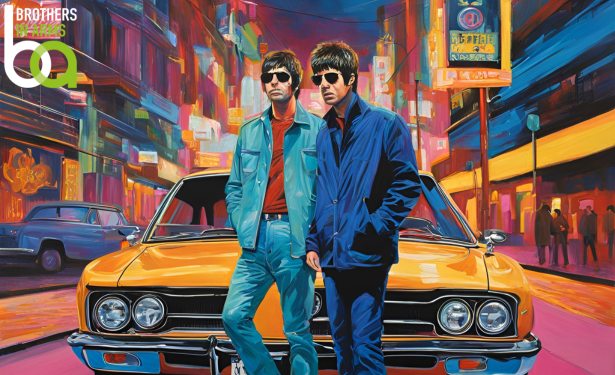The Resurgence of '90s Lad Culture: A Nostalgic Yet Troubling Trend
Date: Monday 27 Jan 2025
The dominant lad culture of the '90s glamorised reckless behaviours in males, propelling an image of carefree excess that has resurfaced in modern nostalgia. However, this lifestyle often masked deep emotional struggles, leading to adverse mental health outcomes. As society evolves, so does the perception of masculinity, promoting a healthier, more rounded approach to life's challenges.
Lad culture flourished in the 1990s, saturating media and society with an image of men as brash, carefree, and continuously seeking fun. This persona thrived alongside successful music and emerging youth movements, capturing the zeitgeist of an optimistic Britain. But as we nostalgically revisit this era in 2025, we must remember the detrimental impact this lifestyle had on men’s mental health amidst its superficial allure.

The arrival of ‘lad’ culture is anchored in 1994 with the launch of Loaded magazine. This period marked a shift where men adopted a carefree attitude, drinking and partying while turning away from the intense grunge era. The optimism of new labour and economic growth shaped this identity, as men revelled in excess, often to acrimonious consequences for their mental wellbeing.
Celebrities defined the lad culture, becoming objects of fascination for their wild antics. Figures like George Best and Hunter S Thompson epitomised this reckless lifestyle, with little discussion surrounding their underlying struggles with mental health. Today, there’s greater awareness about mental fitness, highlighting the lack of concern for the emotional well-being of those who embodied the ‘lad’ persona back then.
Lad magazines painted a singular picture of masculinity, portraying men who lived extravagantly, embraced casual sex, and above all, held humour as paramount. This default expectation created a legacy that many young men felt pressured to emulate, often masking deeper emotional issues. Broadcaster Sam Delaney noted how this seemingly fun approach, devoid of introspection, created a cycle of unresolved pain.
Those years gave rise to a perception of masculinity centred on reckless lesiure. This created expectations that led men to confuse fun and chaos with fulfilment. Unfortunately, many involved now face regret for unfulfilled lives; casual connections were often devoid of emotional depth and left lingering dissatisfaction in their wake as the reality of adulthood dawned.
The impact of lad culture was not exclusive to men; it also influenced women, who grappled with the pressures of fitting into a hyper-sexualised environment. Mariella Frostrup remarked that the era conditioned women to conform to a narrative of being provocative and carefree yet limited in their expression within the evolving feminist movement. Such complexities defined that decade’s cultural landscape.
James Brown, a key figure in lad magazines, recognised the fascination with extravagant lifestyles among young men. However, he later understood the perils of such extremes, witnessing many pioneers of that era struggle with addiction or untimely deaths. His realisation reshaped his life towards a sober existence, illuminating the void left by the thrills of excess, a realisation shared by many who lived that reckless life.
As the cultural tide shifts, magazines like Men’s Health emerged, showcasing a more balanced view of manhood, encouraging emotional and physical wellness. Today’s portrayal of masculinity promotes strength that is kinder and more nuanced, responding to a growing recognition of mental health among men. This evolution reflects changing societal expectations, as conversations around wellbeing grow.
While the resurgence of '90s lad culture may evoke a sense of nostalgia, it obscures the complex implications this lifestyle had on men's mental health. The move from reckless abandon to a more compassionate understanding of masculinity marks progress in how we view male identities today. Recognising the emotional toll of the past, new role models emerge to inspire healthier attitudes and behaviours, redefining what it means to be a man in the contemporary world.
Read more here: https://www.menshealth.com/uk/mental-strength/a62948777/90s-lad-mens-mental-health/

